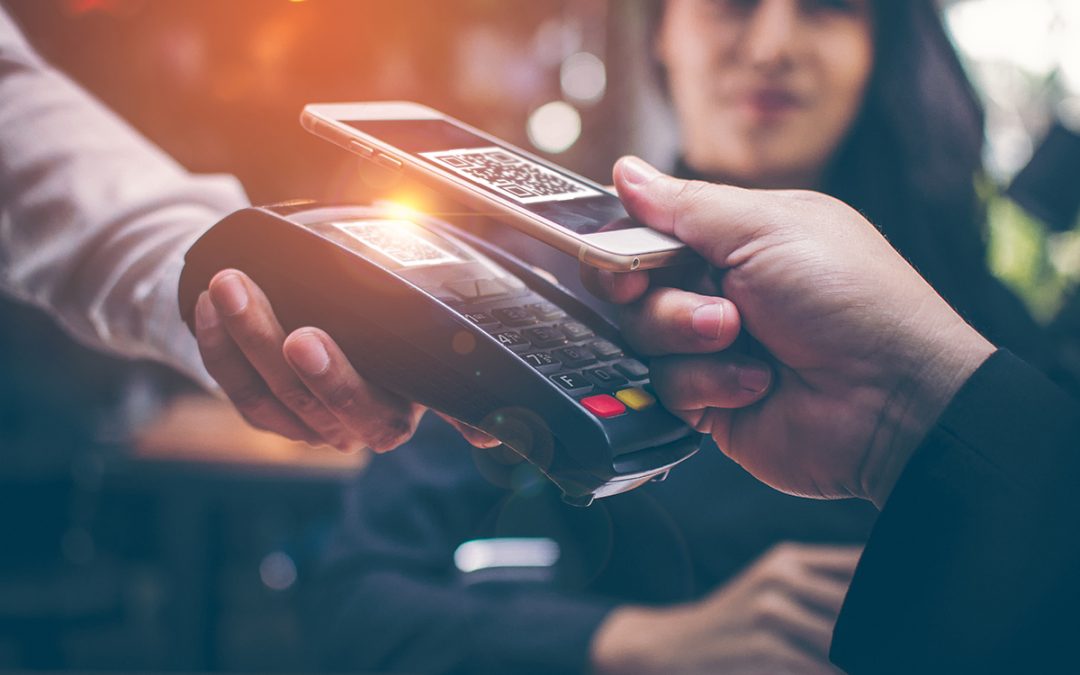Today, virus is not the only thing that prevents customers to physically walk into a bank. When retail banks do not invest (mentally and otherwise) in digital transformation, they are unwittingly joining hands with the virus. The Result? A drain on everyone’s resources – banks’, customers, and the economy.
The paradigm shift that retail banks see today centers on ‘convergence’. In other words, an uptake in digitization is accelerating the trifecta-fusion of – technologies, industries, and ecosystems. There is no ‘one’ product, service, or value proposition. Look, for instance, the way money is created (Gig economy), transferred (UPI’s), stored (e-wallets), and even, owned (the nascent NFT economy).
2022’s Retail Banking Outlook – what are the key factors?
Adopting a playbook that matches the nimbler FinTech’s and BigTech’s, pursuing scale with M&A’s, running greener operations, managing the intersection of cyber risk and financial crimes; a recent study highlights an important factor at the heart of banks’ 2022 growth strategy: create a new financial architecture with digital assets.
Before discussing specific digital apparatus that retail banks should embrace, let’s build elements of the business model that will sustain in today’s unique environment. Because digital transformation (or any new shiny tech) after all, is a secondary means to the primary end – a banks’ growth – be it through expansion, optimization, M&A, new revenue creation, or a mix of all.
Essential elements of business models that will drive 2022’s retail banks
In an environment that prides resilience over all other, retail banks can make largest gains, when their business models are anchored in superior customer experience. Talking about it is one thing, engineering it intelligently across customer journeys, is another. Of course, these elements when orchestrated robustly elevate the customers’ experience. Presented as a checklist, are questions for retail banking product owners.
- Value for money: Is cost commensurate to the financial benefit received?
- Appropriate: Do features offer unique solution in the current circumstances?
- Education: Are features- benefits- trade-offs stated transparently?
- Resolution: Is proactive identification & quick remedies intrinsic to the product?
- Trust: In ambiguous times, do retail bank products bring ‘peace of mind’?
That last attribute – Trust – is game changing for another reason. Once the pandemic-effect recedes, companies will undoubtedly innovate their digital services, to hold on to customers that were overnight digital adopters. Right? Now, according to a McKinsey report, the industry that gains the most from this positive change is none other than retail banking! To seize that advantage requires horizon-based actions.
Retail banks marching full steam on digital mandates – actions and benefits
Immediate term
These start with picking of low hanging fruits – placing customer’s interests before the bank’s. Personalizing omni-channel touchpoints that increases intimacy is another. And a third, will be to base marketing campaigns and sales narratives on themes that accentuate customer trust.
Medium term
Along with focus on customer trust, medium-term digital transformations must innovate across 4 distinct aspects of the customer value chain: privacy & security, e2e service availability, UX/UI strategy and the Phygital (physical + digital) interactions like chatbots, apps, and in-branch technologies.
For starters, these slews of initiatives will keep the wolves away from the barn. But surviving is hardly thriving.
Tectonic Forces in Retail Banking
There are clear tectonic forces that rock retail banking. Accelerating globalization amidst geopolitical concerns, upheavals in the way we work, urgency of social – environmental sustainability, and advances in embedded finance for digital natives.
The obvious question that forms is – If the future has arrived early, what does retail banking do?
Like we nudged earlier, the longer-term solution will be to create a digital apparatus (or, the financial architecture) through new-age assets. What does that entail?
Long Term
In short, retail banks must realize potential of their tech. investments. From increasing adoptions across AI, cybersecurity, cloud computing, robotic process automation, and advanced analytics; there are enough indications that global banks – JP Morgan, BNP Paribas, HSBC, Citi, ING, Barclays, Japan Post Bank, Wells Fargo to name a few – are indeed embracing quantum technologies.
Beyond these technologies, rather concomitant to them, are the entire matter of digital assets (or NFT’s) built on Web 3 (a.k.a. the crypto economy). Leading retail banks today are regarding this segment with considerable interest. The next ‘moon shot’ – decentralized finance – is just getting started, with everyday advances reported across hardware, software, processes (mining and transactions), and applications (trading, remittances, and payments).
The combined market cap of all crypto currencies, as a Newsweek report puts it is approximately $2 Trillion – the same as Apple, the world’s second largest company.
Summary
Even though there is uncertainty in regulatory status, not to mention concerns regarding security, privacy, and control; Digital assets are beginning to offer unprecedented opportunities (especially in emerging markets).
But, before breaching the next frontier of digital assets, retail banks must get their existing worlds in order. Harnessing the power of data and analytics, modernizing their core technology, building a digital culture and mindset, and optimizing via next-gen automation – all- will help create the much-needed and stunning digital experiences.
After all, successful (and sustainable) digital transformation stories – DBS Singapore offers one – make for fascinating learning and also inspiration.































